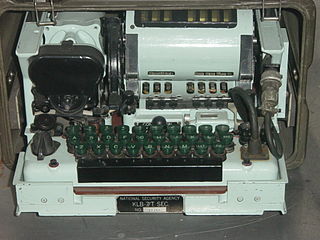This one might be named after my redheaded son Oliver (born about a week before the first batch was brewed) or it might be named for Brian May's guitar. Either way, it is what passes for an American Pale Ale around my house. A toast malt background with a hint of sweetness, topped by a lot of hop aroma but not too much bitterness. I think that a lot of brewers forget that hops offer more than bitterness - they offer a complex host of complex flavors, in the case of this beer, primarily those of citrus and tropical fruit.
8 1/2 lbs of your favorite pale malt - I've used Maris Otter but am by no means married to it.
1 lb of Caravienne - or substitute a 20 Lovibond crystal if you must.
1 lb of Briess Victory - no substitutions allowed!
Adjust the amount of pale malt if necessary to get a post boil gravity of about 1.060 with your efficiency numbers. These calculations are for 75%.
Mash in at 152 and let rest for 60 minutes or until fully converted if you are an iodine-testing sort of hombrewer. Sparge using your favorite technique so that you get a bit over 7.5 gallons in the boil kettle. You'll end up with a lot of hops in the kettle after this brew, so system losses tend to be pretty high.
Hops
90 minute boil and note that all hops are whole leaf
At boil (90 minutes remaining) add
- 1/3 oz Magnum (I use whole leaf from freshhops.com at about 17% alpha acids. Your milage may vary)
At 70 minutes (20 minutes remaining) add
- 1/2 oz Cascade
- 1/2 oz Citra
- Any clarifying agents you want to use
At 80 minutes (10 minutes remaining) add
- 1/2 oz Cascade
- 1/2 oz Citra
At 90 minutes (flame-out) add
- 1/2 oz Cascade
- 1/2 oz Citra
Vary the 90 minute addition of Magnum to match your particular alpha values. Target 36 IBUs.
Fermentation
Pitch Wyeast 1098
Ferment for 7 days in primary at about 64-66 Fahrenheit.
Transfer to secondary and ferment for 7 days at about 62-64 Fahrenheit. Dry hop with the following:
- 3/4 oz Cascade
- 3/4 oz Citra
Transfer to keg and carbonate to about 2.25 volumes or bottle condition as fits your style.
Note
This recipe involves a lot of whole leaf hops, which soak up the wort like there's no tomorrow. My final results have always ended up falling a little short of the five gallon target 4-4.5 gallons so I'm fiddling with the initial volumes a bit to try to make that up. These particular numbers should take you pretty close to 5 gallons finishing volume.
Happy brewing!
